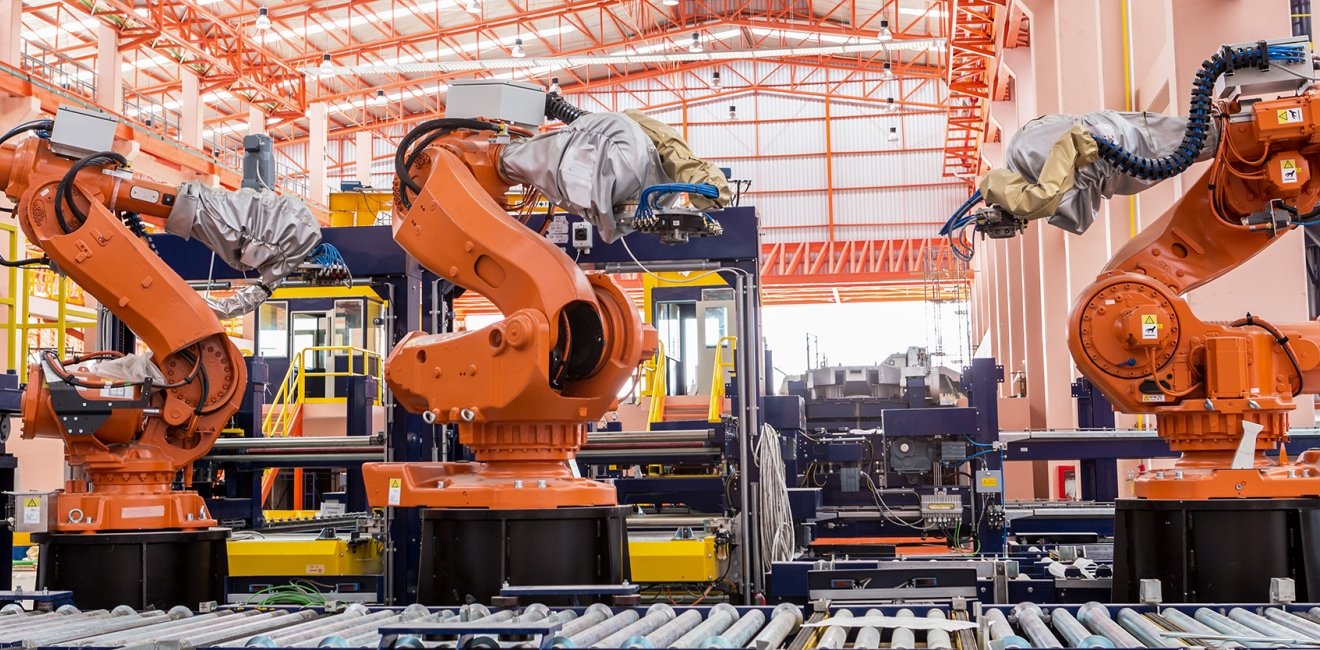Distributed Production, A Step Towards the Circular Economy
Distributed manufacturing techniques are changing how and by whom consumer goods are produced. Can these innovative methods of production transform our “take-make-waste” economy?

A blog of the Science and Technology Innovation Program
Distributed manufacturing techniques are changing how and by whom consumer goods are produced. Can these innovative methods of production transform our “take-make-waste” economy?

Our current approach to manufacturing is unsustainable. Raw materials are extracted from the environment to make a product at a central manufacturing plant. The product is then distributed over large distances, purchased, and thrown out after use or if the product breaks. This “linear” form of production contributes to 45% of greenhouse gas emissions, drains raw material resources, and consequently increases market instability.
Unlike the “take-make-waste” economy of traditional manufacturing, the circular economy is a paradigm that imagines a different future. The circular economy is based on products designed to be durable, repairable, and reusable. These products are composed of raw materials that are produced with minimal waste and pollution. Profits are made from the repair, recycling, and reuse of materials and products, instead purchasing new products. For example, in Taiwan, waste from oyster farming, such as old buoys, can be sold as a raw material for building materials.

In order to achieve a circular economy, innovative solutions to wasteful, centralized manufacturing must be explored. One alternative is distributed manufacturing, where personalized products are manufactured by a network of “microfactories” on a local scale. Distributed manufacturing is already prevalent on small scales. Manufacturing platforms, such as Xometry and Hubs, embody distributed manufacturing. These platforms are networks of fabrication facilities with 3D printers, CNC machining, and other manufacturing tools. Individuals or businesses can submit their own design online, which is sent to a nearby manufacturing facility in the platform’s network to be produced.
Makerspaces, hackerspaces, and fabrication or fabLabs are other examples of distributed manufacturing. These community spaces house fabrication and design tools, such as 3D printers and prototyping software. With a membership, community members can learn to use the tools and make personalized products for themselves or to sell locally. NextFab is one such example: entrepreneurs can use the space to manufacture customized products in small batches.
Both makerspaces and manufacturing platforms illustrate distributed manufacturing’s advantages over traditional manufacturing, such as the ability to customize products. Though proximity to facilities and financial constraints still limit the ability of “anyone” to participate, they also significantly broaden participation in design and production. The most promising advantage may be its ability to support the circular economy through local production, reducing waste, and increasing product lifetime.

3D printing, also known as additive manufacturing, is an essential tool to distributed manufacturing. Products can be made directly from a design with only one machine, enabling the creation of customized products. Subtractive methods, which are the most commonly used tools in centralized manufacturing, cut away at raw material to form a product. 3D printing, on the other hand, deposits the exact amounts of raw materials, layer by layer, to construct a product. This technique can reduce raw material waste up to 40% compared to subtractive methods. The strong relationship between material usage and cost in 3D printing also provides incentive for manufacturers to design products that use less materials. Because 3D printing enables on-demand production, this would decrease inventory waste that can result when demand is overestimated.
In centralized manufacturing, each company typically owns their own set of fabrication tools. As seen in makerspaces and manufacturing platforms, in distributed manufacturing, tools are shared by multiple users. This reduces energy in comparison to tools owned by an individual company, because it maximizes tool usage and reduces wasteful downtime. As reducing waste is key to circularity, distributed manufacturing’s use of 3D printing can drive down the consumption of materials and energy compared to traditional manufacturing.
No longer reliant on centralized factories and global supply chains, distributed manufacturing enables the local production of goods. Production tools, as in the examples of makerspaces and manufacturing platforms, are located within the consumers’ community or relatively nearby. With technologies like RepRap, a low-cost, desktop 3D printer, consumers can even produce items in their own home. By producing locally, global emissions due to the transportation of goods can be reduced by 6.7 %.
Furthermore, a key characteristic of distributed manufacturing is the ability to produce customized products, which means that production facilities must be modular in their tools and processes. As exemplified in NextGen, the same fabrication space and tools can be used to produce diverse products, ranging from artisan drinkware to automated farming robots. Consequently, products at different facilities could be designed and produced based on the local raw materials available. This would also shorten supply chains compared to traditional manufacturing, where raw materials are imported over long distances to a centralized facility to produce identical products.
Distributed production has the potential to increase product longevity through repair. With 3D printing, spare parts can be easily made to order and with lower customization costs. For example, a design file for a custom spare part could be submitted to a manufacturing platform to be 3D printed. The ease of obtaining and the low cost of custom spare parts would encourage product repair, increasing product lifetime.
In distributed manufacturing, consumers, given the ability to submit their own designs and personalize products, are more involved in the design and fabrication of products. For instance, makerspaces offer classes to those without technical backgrounds on how to use design tools and fabricate products. With more consumers actively involved in product development and production, consumers could become more aware of the waste produced and energy consumed in manufacturing and feel increased attachment to their products. This could help consumers visualize the environmental impact of production, value sustainable industry, and increase their likelihood of repairing, transforming the current “take-make-waste” consumer culture to one that values reuse and repair.
While distributed manufacturing is a promising step toward the circular economy, there still are many challenges in terms of large-scale adoption and full understanding of its sustainability. Internet of Things (IoT) technologies need to be further developed to support distributed infrastructure; Intellectual Property (IP) and production regulations need to be re-defined to encompass consumer innovation and personalized production. Plastic is still a principal material used for 3D printing, and little is known on how to optimize 3D printing’s energy consumption as non-renewable energy sources are widely used.
In order to truly implement the circular economy and distributed manufacturing, both cultural change and technological innovation are needed. Policies that incentivize sustainable production practices and the purchase of locally produced goods can help shift producers and consumers, respectively, away from traditionally produced goods. Incorporating circularity and digital manufacturing technology into primary, secondary, and higher education would develop environmentally aware consumers with the skills to take part in product innovation and professionals competent in solving complex technical-environmental problems. Funding research and innovation in technologies such as low-cost IoT sensors to monitor energy consumption and waste production or digital manufacturing tools can also help accelerate these production paradigms. With policy supporting innovation and education, distributed manufacturing is well on its way to be a viable, circular model for production.
Chen, D., Heyer, S., Ibbotson, S., Salonitis, K., Steingrímsson, J. G., & Thiede, S. (2015). Direct digital manufacturing: definition, evolution, and sustainability implications. Journal of Cleaner Production, 107, 615-625.
Faludi, J., Bayley, C., Bhogal, S., Iribarne, M. (2015). Comparing environmental impacts of additive manufacturing vs traditional machining via life-cycle assessment. Rapid Prototyping, 21(1), 14–33
Prendeville, S., Hartung, G., Purvis, E., Brass, C., & Hall, A. (2016, April). Makespaces: From redistributed manufacturing to a circular economy. In International Conference on Sustainable Design and Manufacturing (pp. 577-588). Springer, Cham.
Turner, C., Moreno, M., Mondini, L., Salonitis, K., Charnley, F., Tiwari, A., & Hutabarat, W. (2019). Sustainable production in a circular economy: a business model for re-distributed manufacturing. Sustainability, 11(16), 4291.


The Science and Technology Innovation Program (STIP) serves as the bridge between technologists, policymakers, industry, and global stakeholders. Read more
